Local/National Customs, Beliefs, and Religion

As part of the Doctors without Borders initiative, our multidisciplinary volunteer group is planning to assist healthcare providers in Dhaka. As per Figure 1, the most common occupations in Bangladesh are agriculture and fishing, which has implications for culture and healthcare provision. As a religious nation, Bangladeshi people have wedding rituals involving fish, such as tattva. Due to the unstable food safety situation, intoxication is possible even after consuming ritual food, and nurses should be able to manage such cases without disrespect for patients’ beliefs.

Bangladeshi people are deeply religious, with the symbols of Islam, such as stars, permeating people’s daily activities and thinking about life (Figure 2). The lack of respect for symbols that are sacred for patients might become an issue. Specifically, star tattoos can be considered offensive and should be covered with clothes.
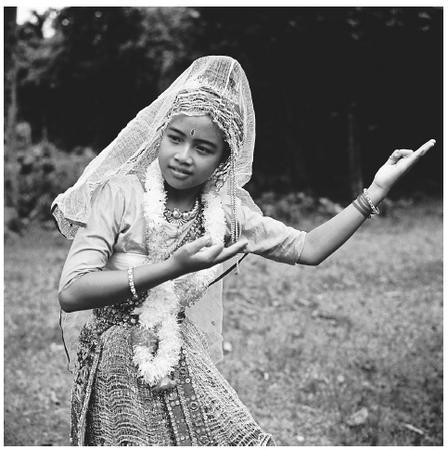
Expressive hand gestures play an important role in multiple traditional activities, including female-only Manipuri dancing (Figure 3). In daily life, expressing respect and trust by touching the left part of the chest or one’s interlocutor’s hands in same-sex conversations is also common (Countries and Their Cultures, n.d.). In case of language barriers, these gestures should not be mistaken for chest pain complaints or any mental conditions.
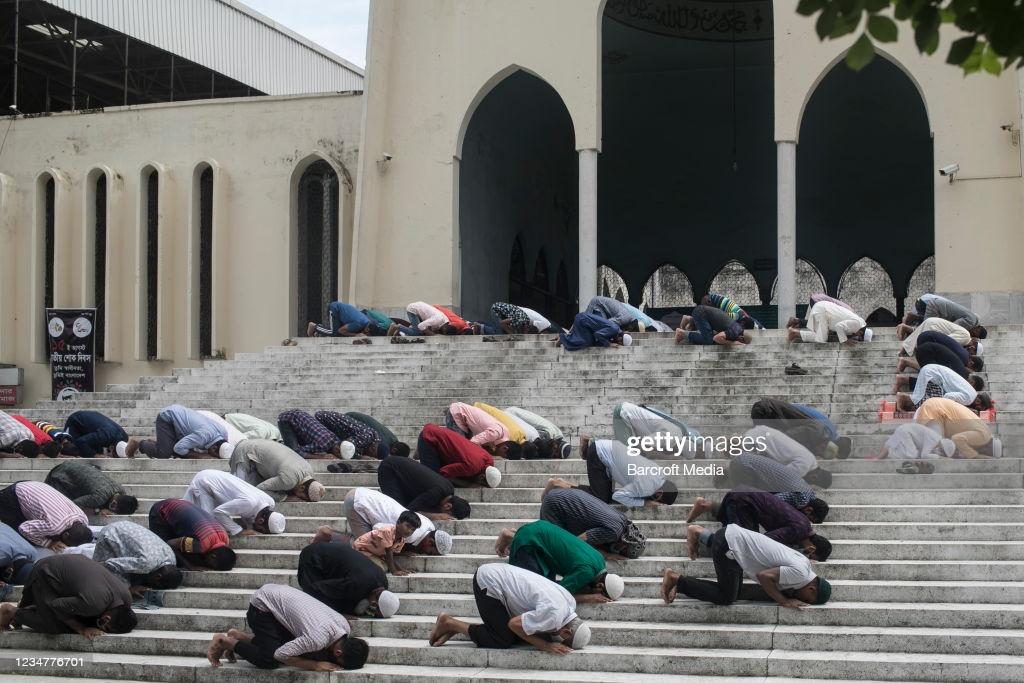
Figure 4 illustrates the ubiquitous tradition of praying on Fridays. The call to prayer at the holy places is crucial to people’s mental well-being and must be respected by nurses (Countries and Their Cultures, n.d.). When patients wish to pray, healthcare practitioners can offer some space for it if doing so does not cause harm to health.

Family traditions, including praying together, are essential for local communities (Figure 5). For stable patients with non-communicable diseases, it might be crucial to be able to hold small family meetings during hospitalization.
Healthcare Clinic Patient Care
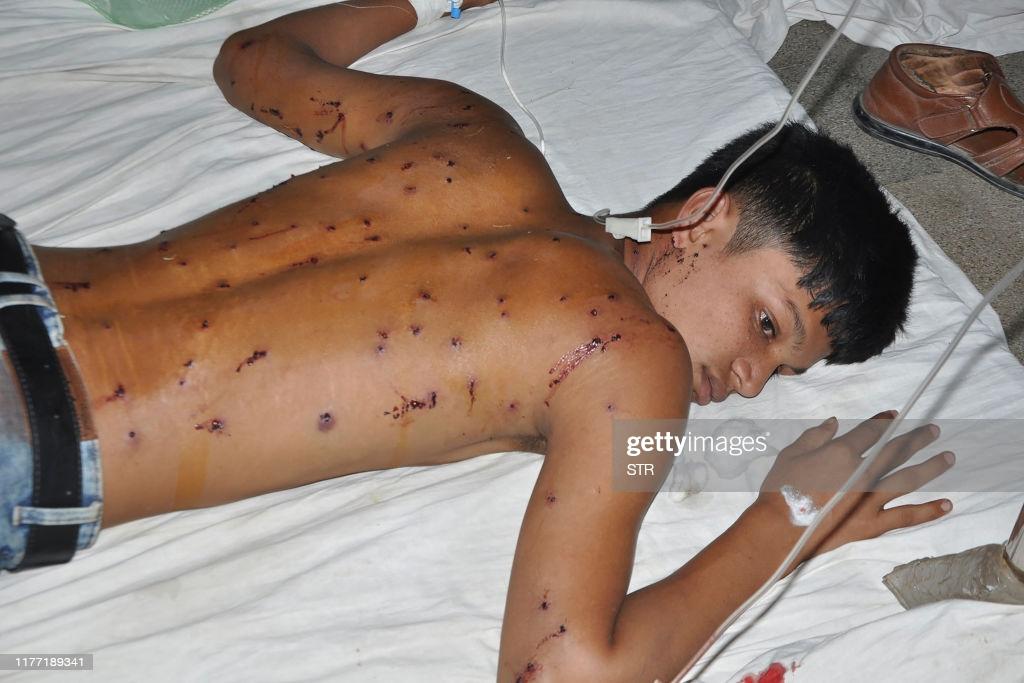
Conflicts with the police and between religious groups are common in Bangladesh. Figure 6 illustrates the consequences of the protest over the alleged defamation of the Prophet Mohammed. Nurses should be prepared to provide the best possible trauma care in a timely manner.
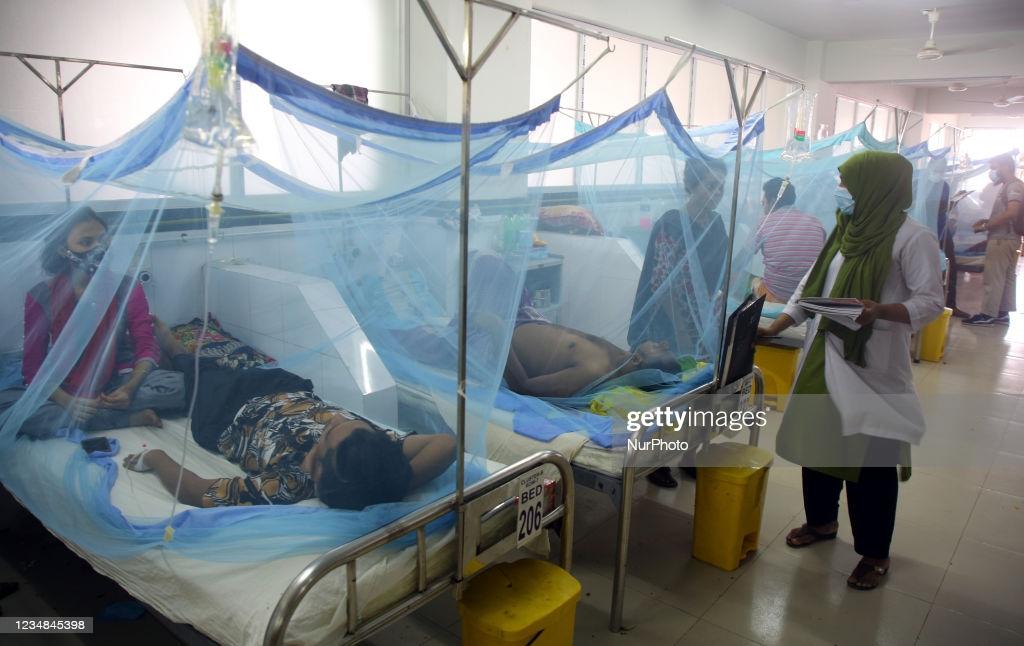
Infectious disease management and prevention is another required competency area (Figure 7). Aside from other care measures, mosquito nets are widely used to prevent new bites and create safer environments for dengue patients. Studying information about dengue is critical prior to the trip.
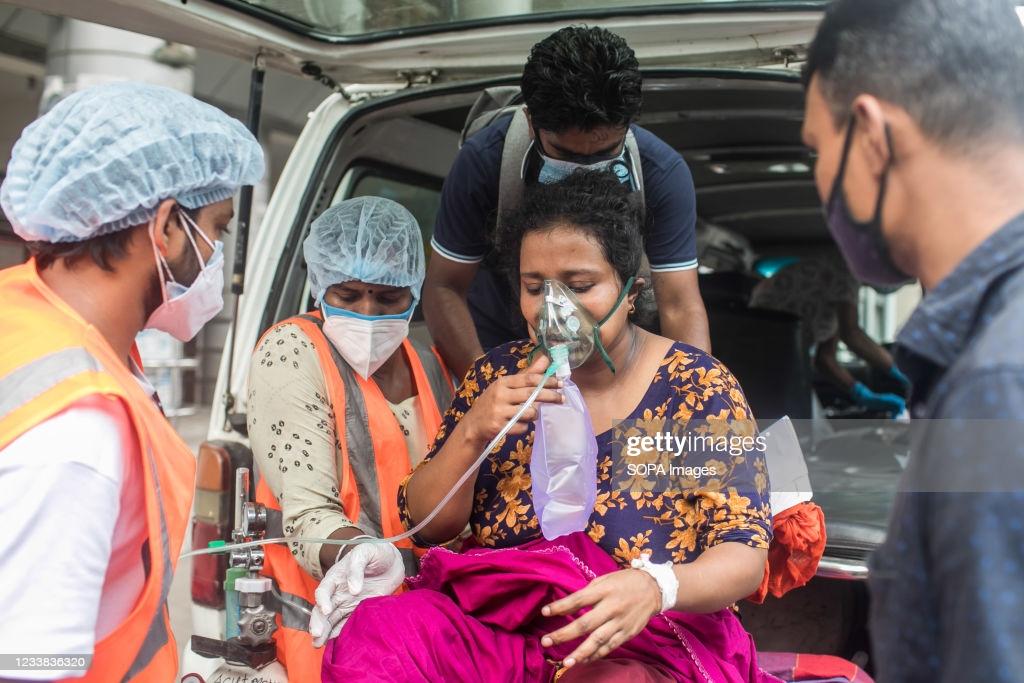
Working with COVID-19 patients will be a substantial part of the team’s experiences in Bangladesh (Figure 8). Excellent PPE use, first aid, and breathing aid device use skills are central to success. Due to resource scarcity, prompt decision-making and needs assessments are necessary to identify patients that require immediate medical attention.
Local Healthcare Providers and Collaboration
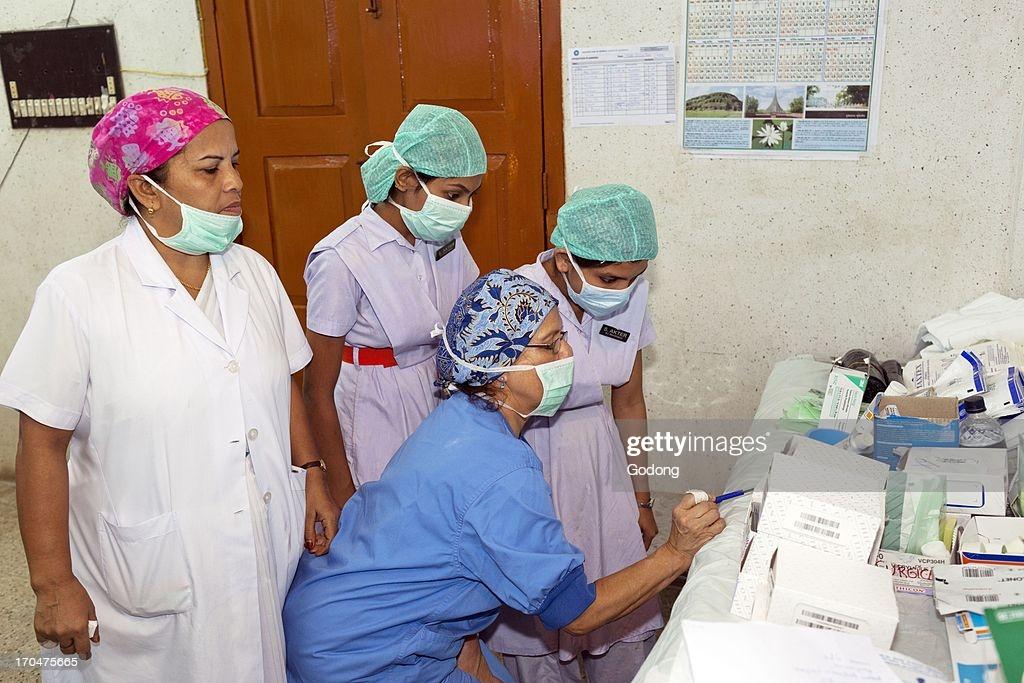
Teaching by foreign nurses is not uncommon, so all volunteers must be prepared to deliver treatment-related information in plain English (Figure 9; Wells, 2021). The right gestures should be used to supplement the explanations. The thumbs-up gesture will be considered disrespectful, so it must be eliminated.
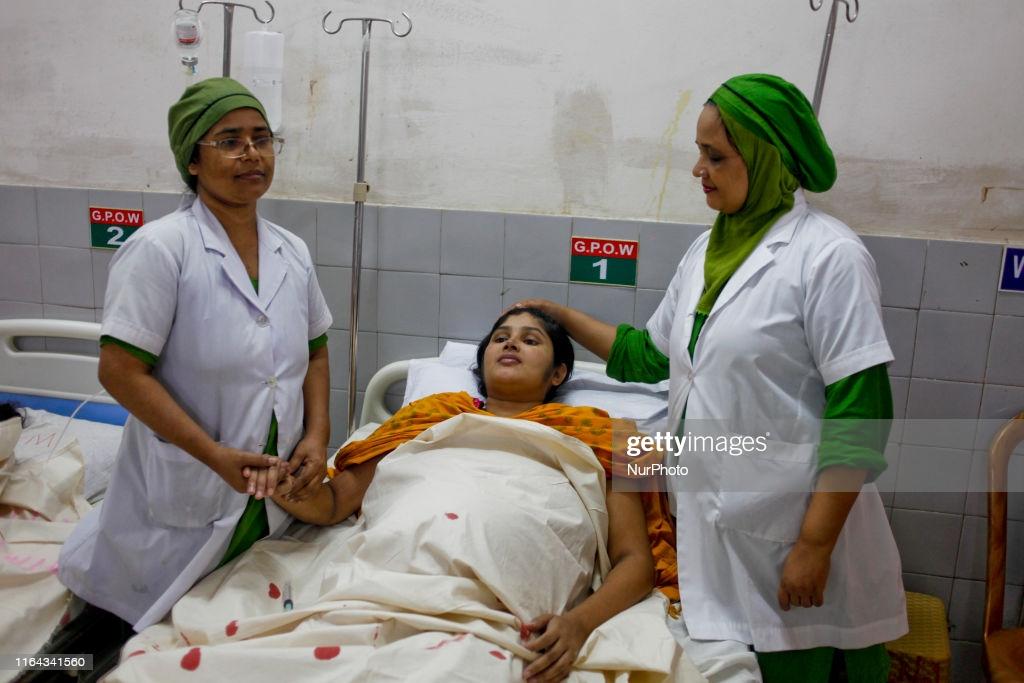
Dressing according to local norms is important for nurses (Figure 10). Around 50% of Bangladeshi nurses and lay healthcare workers identify as Muslims (Akter et al., 2019). This results in the willingness to cover more body areas than the standard uniform requires.
References
Akter, N., Akter, M. K., & Turale, S. (2019). Barriers to quality of work life among Bangladeshi nurses: A qualitative study. International Nursing Review, 66(3), 396-403. doi:10.1111/inr.12540
Countries and Their Cultures. (n.d.). Bangladesh.
Godong Universal Images Group. (2011). Dutch nurse instructs local nurses, Munshiganj, Bangladesh [Photograph]. Getty Images.
Hossain, S. (2021a). A patient is being brought to the Dhaka Medical College [Photograph]. Getty Images.
Hossain, S. (2021b). Muslims pray on Friday prayers at Baitul Mukarram Mosque [Photograph]. Getty Images.
Kar, N. (2021). Family members offer prayers for their deceased relatives [Photograph]. Getty Images.
Ramany, S. (2021). Dengue patients hospitalized in Bangladesh [Photograph]. Getty Images.
STR/AFP. (2019). Bangladesh – unrest – religion – Internet [Photograph]. Getty Images.
Sumon, K. A. R. (2019). Dengue emergency in Bangladesh [Photograph]. Getty Images.
Wells, L. (2021). Nursing in Bangladesh. Journal of Christian Nursing, 38(4), 207. doi:10.1097/CNJ.0000000000000876
